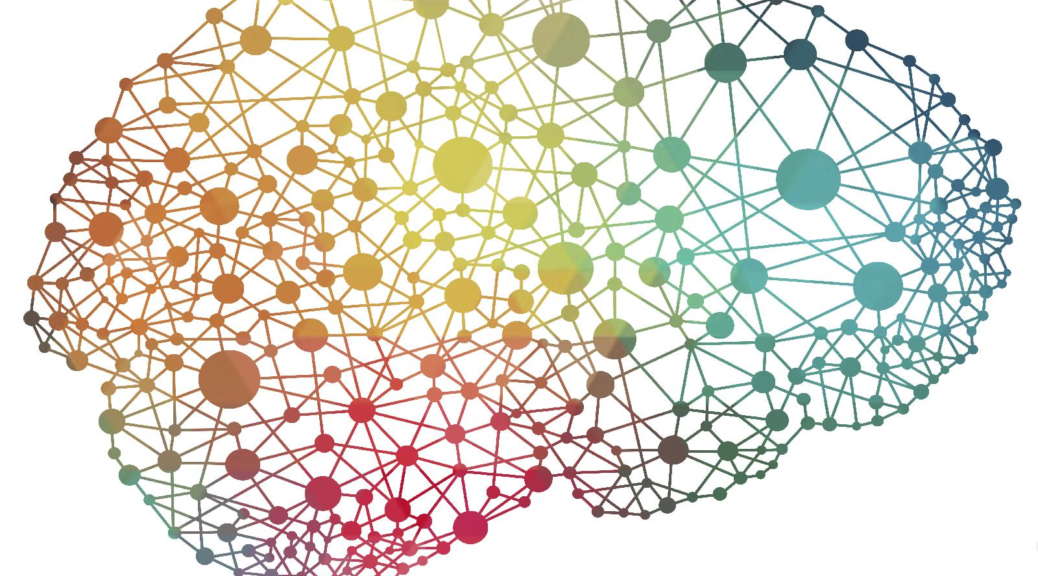The Social Model and the Mainstream School
Anyone who reads this blog regularly has probably noticed by now that I spend a lot of time talking about educational placement. It is a very important topic, because the suitability of an educational placement is going to have a major influence on an individual’s future. I certainly believe that my successful placement in a distance-learning high school program is responsible for many of my own achievements in adulthood. Basically, my opinion about educational placement is that we need choices. …
